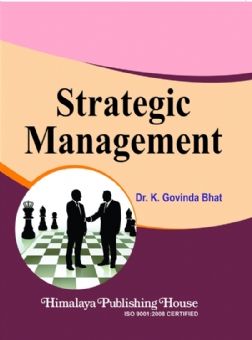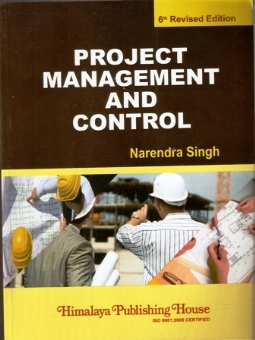Most of the technical Universities have introduced a course on Electronics Engineering in the curriculum of B.Tech / B.Sc. (Engg) for all branches. A Text Book of Electronics Engineering intends to cater the need of Undergraduate Engineering students of all Indian Universities. This text provides the comprehensive treatment for the Electronic circuit analysis & designing. The subject matter is arranged – presented in lucid manner, so that the practicing professionals as well as under-graduate Physics / Electronics students will find this text equally useful.
Beginning with basic circuit elements, the whole subject matter has been divided in 12 chapters. The first chapter deals with the circuit elements and four terminal network. The second chapter presents the bulk properties of semi-conductors, such as, doping of impurities, charge densities and Fermi-levels in extrinsic semiconductors along with the theory of Hall effect & thermistors. The third chapter offers semiconductor diodes. The qualitative theory of p-n junction, depletion region, biasing of p-n diode, Zener diodes & microwave semiconductor diodes, Opto-electronic devices, such as Photo, Photovolatic cells, LEDs & LCDs are discussed in details.
The rectifiers and other diode applications, such as Clamping, Clipping and Voltage multiplier circuits have been given in chapter 4. The Bipolar Junction Transistors, their various configurations and corresponding characteristics are discussed in chapter 5. The Transistor amplifiers, their classifications and biasing are described in chapter 6 along with the theory of single stage transistor amplifier, two stage RC-coupled amplifier, distortion in amplifiers and power amplifiers.
The field effect transistors (FETs) and MOSFETs, their charasteristics and their use as amplifiers are given in chapter 7. The Op-amps have been widely used now-a-days in Electronic circuits, therefore the characteristics and applications of Operational amplifiers have been discussed in details in chapter 8. Chapter 9 covers the feedback & feedback amplifiers along with their classifications & theories. The theory & working of common oscillators, such as RC phase shift, LC and crystall oscillators have also been discussed in this chapter.
Chapter 10 deals with the fundamentals of communication systems, such as modulation, demodulation, transmitters and receivers. Since the Degital Electronics has almost replaced the analog circuits, therefore discussed in details in chapter 11. The nuber systems, various codes, Boolean algebra, implementaion of logic functions, Venn diagram, Karnaugh maps, arithmetic digital Circuits & Flip-Flops are given with numerical examples. The Electronic Instruments in common use such as multimeters, VTVM, DMM and CRO along with its applications are discussed in chapter 12.
To check knowledge & understanding of the subject matter, each chapter contains a set of questions in the form of True/False, Fill in the blanks, Self-test, Self-review at its end. To develop experimental skill, each chapter contains numerous practice problems (exercises, problems). The probable questions based on the subject matter are given at the end of each chapter.
Contents :
1.Circuit Components
2.Bulk Properties of Semi-conductors
3.Semiconductor Diodes
4.Rectifiers and Other Diode Applications
5.Bipolar Junction Transistor Characteristics
6.Transistor Amplifiers
7.Field Effect Transistors
8.Operational Amplifiers
9.Feedback Amplifiers and Oscillators
10.Communication Systems
11.Number Systems and Digital Logic Circuits
12.Electronic Instruments
Appendix-IC-Logic Gate Circuits







